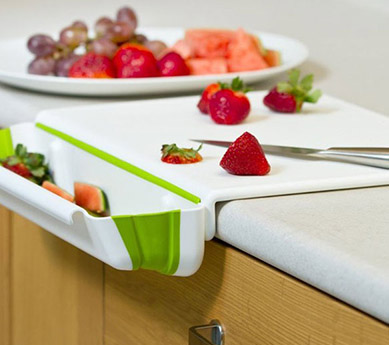







PLA takes annually renewable resources – corn, cassava and other plants as raw material. After fermentation by microorganisms, lactic acid will be extracted, then PLA will be produced through a process of refining, dehydration polymerization, high temperature pyrolysis and final polymerization. PLA has excellent biodegradable property. After disposal, within one year, it can be degraded into carbon dioxide and water by microorganisms in the soil, and do no harm to our environment.
PLA has basic characteristics of general micromolecule materials,
has good machanical properties, low shrinkage, and is competent to the application of most synthetic plastics.
In addition to being biodegradable, products made of PLA have good biocompatibility, gloss, transparency, good hand feel and heat resistance, as well as certain bacteria resistance, flame retardancy and UV resistance.
Applications:
Package materials, disposable tableware, household electrical appliance shell, fiber, 3D supplies, fibers and nonwovens, etc.
Injection molding such as children's tableware, blown film such as shopping bags, spinning such as clothing diapers.
Clothing (underwear, outerwear), industry (construction, agriculture, forestry, papermaking) and medical & health fields.